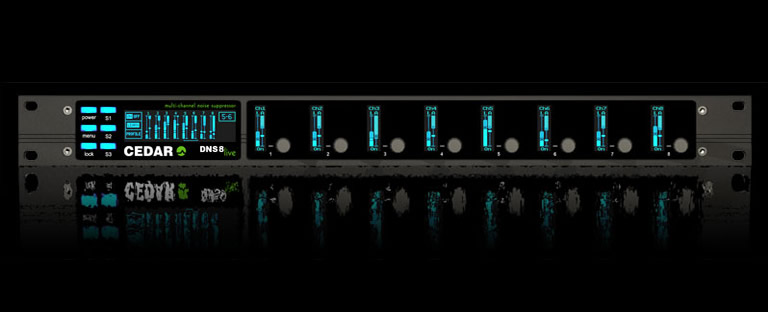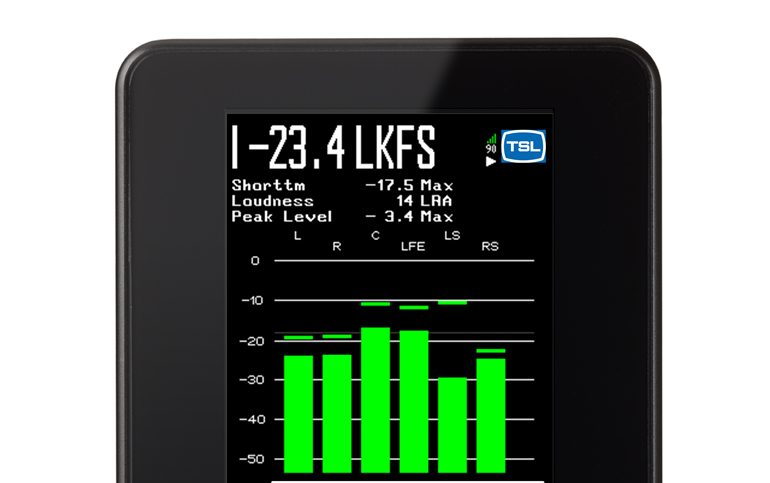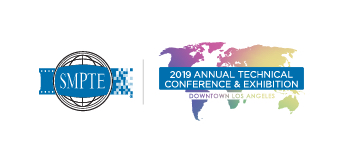Based on true events surrounding the shooting of 22-year-old Oscar Grant, FRUITVALE STATION recalls the last day of his life leading up to an untimely death. Now in US theaters, the film won both the Grand Jury Prize for dramatic feature and Audience Award at the 2013 Sundance Film Festival. FRUITVALE STATION was a recipient of the ARRI Sundance Feature Film Grant, receiving an ARRIFLEX 416 camera package supplied by ARRI CSC. The cast includes Michael B. Jordan as Grant, Oscar winner Octavia Spencer as his mother Wanda, and Melodie Diaz as his girlfriend Sophina.
To writer/director Ryan Coogler, the story struck a chord on a very personal level since he and Grant were the same age and both from the Bay Area. He explains, “I wanted to do something to make a difference, and I thought that if I could bring the story to life through art, and give audiences the chance to spend time with a character like Oscar, it could maybe lower the chances of an incident like this happening again.”
Cinematographer Rachel Morrison was immediately captivated by Coogler’s powerful script. “I was initially drawn to FRUITVALE STATION because the script made me cry. It is a poignant piece with a strong message, but most of all it is a deep and complex portrait of humanity. But the thing that sealed the deal for me was speaking to Ryan was like talking to an old soul and a dear friend from the outset. He is both inspired and inspiring. I knew I would be incredibly fortunate to work with him,” she says.
From the outset, Coogler insisted that FRUITVALE STATION needed to be shot on film. One reason was due to the many clips of Grant’s actual shooting were recorded with cell phones from bystanders on the train platform. The director wanted to create a separation from the digital footage shown widely in news broadcasts and online. He says, “I wanted to bring him back to life with the organic qualities of celluloid. That was something I was really passionate about, to capture in that format. I wanted the project to have a very intimate feel. I wanted it to draw audiences in and feel like it was ‘of the moment’. I think that naturally we associate 16 mm film grain with old documentary footage. I have a visceral response to it.”
Coogler references the unmistakable looks of acclaimed films like THE WRESTLER, BLACK SWAN and HURT LOCKER – all of which relied on Super 16 mm. He explains, “Look at all those films, the cinematography really brings you in and puts the action right in front of you. For me, it was an important thing to bring audiences closer.”
Morrison was driven to move the audience. “I wanted the cinematography to help people connect with Oscar so that they would feel a profound sense of loss when his life is cut short, ” she says. “The look of the film relies on complete subjectivity. Through naturalistic lighting and sustained single-camera coverage, we really tried to put the audience in Oscar’s shoes for the day.”
Production shot over 20 days in locations around the Bay Area. Morrison often augmented existing lights for a realistic feel. “In larger spaces, I did a lot of matching my cinema lights to the existing color temperatures in the space, effectively shaping and heightening the contrast of whatever was there. In smaller spaces, I had to hide units by creatively rigging them above cabinets, behind doors, and pushing additional light through windows. The objective was to give the actors freedom to move within a space but to know where they would land for the important beats and fine-tune the lighting for those areas.”
One of the most challenging sequences to film both emotionally and logistically, was the scene where Oscar is gunned down — captured in the very spot where it really happened. Production had to shoot the entire sequence in just three, four-hour days when the train was not running from 1:15 a.m. – 5:15 a.m. “I am especially proud of all the work we did on the BART platform,” says Morrison. “We had so many shots per night that Ryan had the idea to run the set-ups like football plays, with a laminate and everything. To ready ourselves, we taped out the platform in a church parking lot and rehearsed all the set-ups. My electrics knew where every light would go in relation to the actors and my camera crew was prepped and ready with lens changes. In the end, we averaged something like 7-10 minutes per shot!”
The crowded scenes within the train car meant that very little room would be allocated for lighting fixtures “…We mainly added or subtracted the bulbs in the overheads to shape the light and then supplemented from the ground when needed. We actually were on a repair dock, so we hung and lit 200 feet of green-screen surrounding the train and then the moving lights were comped in by students at AAU (Academy of Art University in SF),” she says.
Morrison’s camera crew included first AC Jeremy Wong, second AC Gabe Kilburn and loader Lowell Meyer. Their typical set-up consisted of a 416 camera with a 400 foot magazine on a Mantis rig with an ARRI / ZEISS Ultra Prime lens, a FF-4 follow focus, LMB-5 clip-on mattebox and a wireless transmitter.
Notes ARRI CSC’s Gus Gustafson, “We value our relationship with talented cinematographers like Rachel Morrison and their desire to shoot film whenever possible. For us it is a real satisfaction in helping passionate filmmakers achieve their goals. We’re always trying to work something out for projects with smaller budgets because we feel it is important to support the indie filmmaker community.”
Says the DP, whose other credits include SOUND OF MY VOICE and ANY DAY NOW, “This generous donation made the difference between being able to shoot film or not. And I truly believe the raw, organic, and textured quality of film is one of the reasons audiences feel so deeply connected to Oscar and therefore so gutted to lose him. I feel incredibly grateful to An Tran, Gus Gustafson, Ilyse McKimmie, Michelle Satter and everyone at ARRI and Sundance for helping to make FRUITVALE what it is on the screen.”
The support did not go unnoticed by Coogler. “The first film camera I ever used was an ARRI-S. I wanted my first feature to be shot on film. To have the reassurance from a company like ARRI, that I deserved to be supported — was amazing motivation. I remember the day we got our 416. It was a really moving thing that the company would give us this equipment to go out and tell our story with the best technical tools available.”
Morrison recalls that her favorite scene depicts an intense conversation between Oscar and Wanda while she visits him in prison. “I love the lighting and the performances are incredible. But I’m also biased because we filmed at a real prison (San Quentin) and it was a really special shoot. We could only bring a limited crew, but inmates who had earned a certain degree of privilege volunteered to help us out. They were featured extras and helped with production. For our background, our crew was paired off with inmates and many of them spoke for hours at length. Our incredible location manager, Matthew Riutta referred to this as one of the highlights of his career.”
Finding a kindred collaborator is what filmmakers search for, sometimes their whole careers. On FRUITVALE STATION, director and cinematographer forged the beginning of a creative partnership. Morrison counts passion first and foremost as the quality she looks for in a director. “I don’t care if it’s a director’s first film or their 10th, so long as they care deeply about the story they are trying to tell. I look for someone with a desire to collaborate and good leadership qualities because filmmaking is a team sport and the director is team captain.”
Coogler needed a technically proficient cinematographer, but also much more than that. “I was looking for someone who had experience in non-fiction, for someone who would operate the camera themselves. I wanted the camera to have close proximity with the actors. My DP needed to be able to work in an intimate way with the actors. The DP needed to have a keen emotional sense, which Rachel has in spades. I had so much trust in her. I was trained not to watch monitors and watch the actors. I knew I could concentrate on the performances and she would be there to capture it.”




